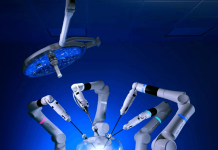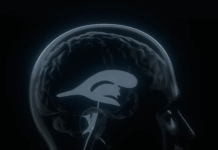Surgar announced that it closed a $12.3 million (€11 million) funding round to support its augmented reality software for surgery.
The France-based company develops augmented reality software that combines computer vision and AI. It merges the patient’s digital twin (obtained through MRI and CT scans) with a minimally invasive (laparoscopic) view in real-time. This enables surgeons to visualise internal organ structures (tumors, vessels, ducts).
Surgar said its technology helps make surgeries safer, faster and more efficient.
Related: Mediwhale secures $12m for AI-powered retina scan
The company plans to use its funding to launch U-Surgar, a software dedicated to female patients suffering from fibroids and adenomyosis. Additionally, the company wants to finalise and commercialise its L-Surgar and K-Surgar offerings for liver and kidney cancers, respectively.
Sugar also has other AI-driven applications — including those for endometriosis — in development. Additionally, it has numerous collaborations and agreements with hospitals in France and abroad.
The round was led by Mutuelles Impact, managed by XAnge, along with Elaia Partners in partnership with MH Innov’, the corporate fund of Malakoff Humanis, Bpifrance through its Digital Venture fund, and several business angels (including Jacques Gardette, Thierry Joubert and Pierre-Jean Lamps. Existing investors UI Investissement, Crédit Agricole Capital Innovation, D-Novafund, G-Surge Consulting, Clermont Auvergne Innovation and the CHU of Clermont-Ferrand all participated. BNP Paribas, Crédit Agricole Centre France and Banque Populaire Auvergne Rhône-Alpes completed the financing.
“Surgar is above all a human adventure and the result of long-standing collaboration,” CEO and founder Nicolas Bourdel said. “By addressing a critical need for surgeons, we are serving patients. We have just reached a decisive milestone with the CE marking of our first solution. With this funding, we are set to introduce the first-ever augmented reality solution for abdominal surgery. The challenges are significant, but the potential impact is even greater.”






